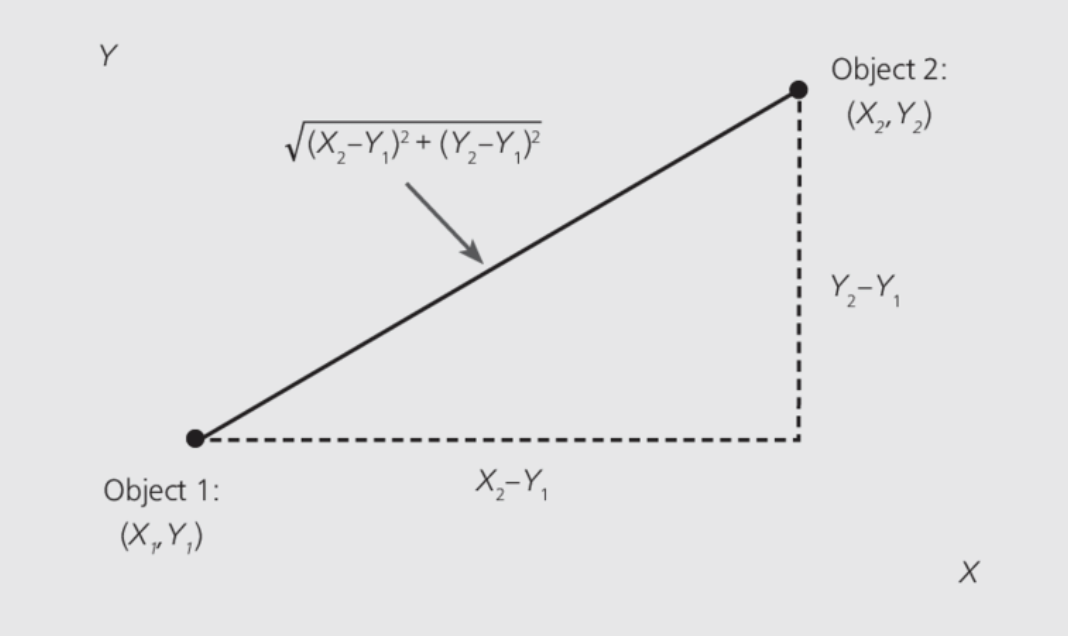Animating SVGs with Math

I recently purchased Nature of Code and wanted to recreate the cover pattern with a ripple effect animation that responds to mouse hover. This is the background of all posts on this blog. If you hover over the background, you'll see the lines animate toward the mouse.
Setting Up the Canvas
The animation is on an SVG canvas that fills the entire width of the container and 70% of the viewport height, and is absolutely positioned at the top of the page.
<svg
style={{ position: 'absolute', top: 0, left: 0, width: '100%', height: '70vh' }}
ref={svgRef}
width="100%"
viewBox="0 0 100 100"
preserveAspectRatio="xMidYMid slice"
onMouseMove={handleMouseMove}
onMouseLeave={handleMouseLeave}
>The preserveAspectRatio attribute is set to xMidYMid slice to ensure the SVG fills the entire container while maintaining its aspect ratio. slice is used to ensure the SVG is cropped to fit the container. xMidYMid is used to center the SVG within the container.
The Line Object
Each line in the grid is represented by an object with the following properties:
interface Line {
/** The x position of the line */
x: number
/** The y position of the line */
y: number
/** The current rotation of the line */
rotation: number
/** The target rotation of the line */
targetRotation: number
/** The color of the line */
color: string
}Interaction and Mathematics
The interactivity lies in the rotation calculation during mouse hover. When the mouse moves, the component calculates the angle between each line and the mouse position.
Geometry and Trigonometry
Distance between two points is calculated using the Euclidean distance formula, which is the square root of the sum of the squares of the differences in the coordinates. This is also known as the Pythagorean distance.
// Calculate the distance between the mouse and the x position of the line
const dx = mousePos.x - line.x
// Calculate the distance between the mouse and the y position of the line
const dy = mousePos.y - line.y
// Calculate the distance between the mouse and the line
// √((-dx)² + (-dy)²) - Euclidean distance
const distance = Math.sqrt(dx * dx + dy * dy)
const maxDistance = 10 // Max distance of effect
if (distance < maxDistance && mousePos.x !== -1 && mousePos.y !== -1) {
// Calculate the angle between the mouse and the line
// atan2(dy, dx) returns the angle in radians between the positive x-axis and the point (dy, dx)
const angle = Math.atan2(dy, dx) * (180 / Math.PI)
newTargetRotation = angle
}Smooth Animation
To create a smooth animation, the component doesn't immediately set the line to its target rotation, but gradually moves towards it:
const rotationDiff = newTargetRotation - line.rotation
// 0.1 is the speed of the line rotation to its target rotation
const newRotation = line.rotation + rotationDiff * 0.1Performance Considerations
To ensure smooth performance, especially on lower-end devices, the component employs two key strategies:
1. Debouncing
The window resize event is debounced to prevent excessive recalculations:
function debounce(func: Function, wait: number) {
let timeout: number
return function (this: any, ...args: any[]) {
const context = this
clearTimeout(timeout)
timeout = window.setTimeout(() => func.apply(context, args), wait)
}
}
function useDebounce(callback: Function, delay: number) {
// Make sure the debounce function is only created once
const debouncedFn = useRef(debounce(callback, delay)).current
return debouncedFn
}2. RequestAnimationFrame
The animation loop uses requestAnimationFrame for smooth, optimized updates at 60fps, ensuring efficient rendering and better battery life on mobile devices.
